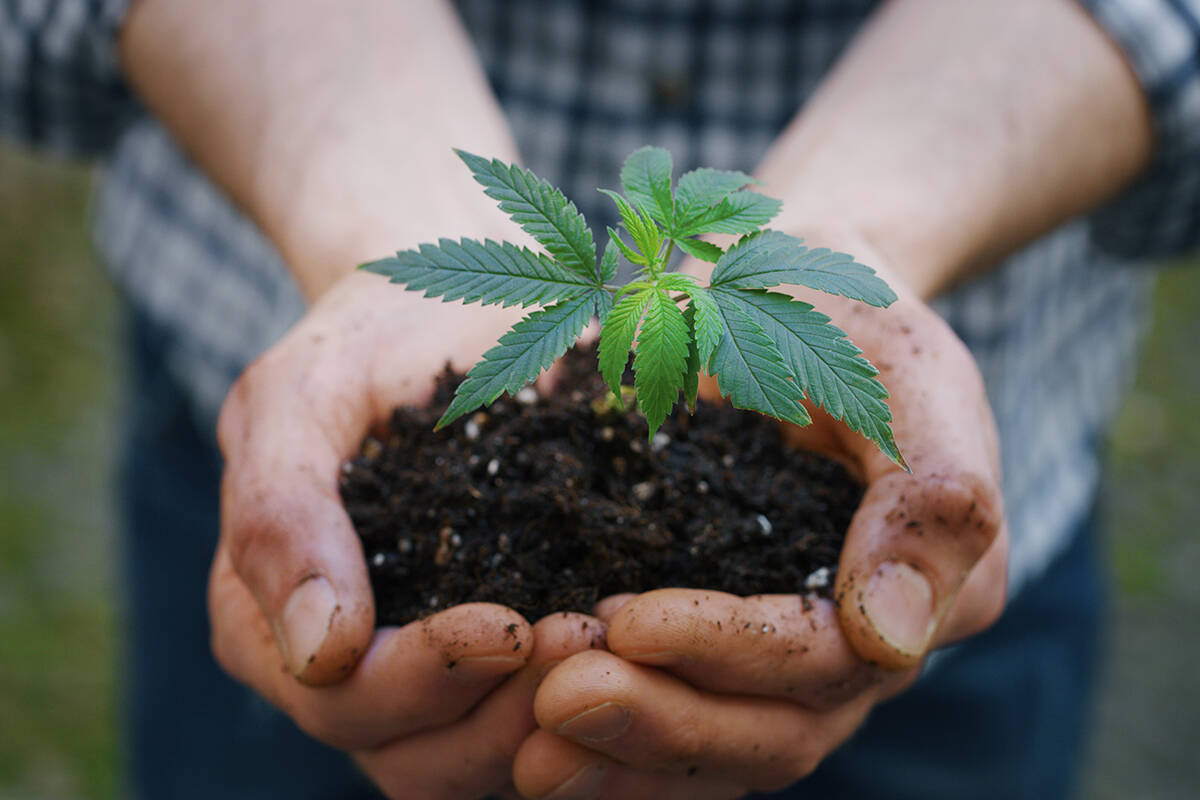Can you think of a plant you can: eat, make into plastics, use to create rope and paper, make into a type of concrete, craft into clothing, and use as a fibreglass alternative?
If you guessed hemp, you’re right – but that’s not all. It has about as many uses as it has misconceptions based around it, and we’re here to guide you through the old and evolving world of hemp production.
Is hemp a new thing?
Absolutely not! Records show the plant being used as early as 2800 BCE in China and the Mediterranean. Its use then spread through the rest of Europe during the middle ages, before it was recorded in Chile in the 1500s, and reached North America in the 1600s.
Does hemp come from a different plant than the cannabis people smoke?
No… and well, yes, it does come from a type of cannabis plant. However, the variety cultivated for hemp production has next to none of the cannabinoid THC, the psychoactive chemical that makes you high.
In 2018 the United States mandated that hemp must contain less than 0.3 per cent THC to meet the legal definition.
How is hemp used?
Among the many listed at the outset of the article, the oldest, and to this day the most popular use, is hemp fibre. For this, the stalk of the plant endures a process of retting – using bacteria and moisture to help separate the fibre from the stem, drying, crushing and shaking. What you’re left with are strong, durable fibres around two metres long.
These fibres are the first step in so many products. Its durable nature allows it to be made into twine, yarn, rope, cable, string, burlap, canvas and even an artificial sponge. The fibres can even be made into bioplastics that can be recyclable and biodegradable.
Some hemp can be produced into a white product similar to linen, making it desirable for many types of clothing, or into textiles to make into shoes. It can even be used as a wood pulp alternative, for papermaking or as a sustainable alternative to building insulators containing fibreglass. Highlighting the vast array of uses, hemp can even be crafted into “hempcrete,”a concrete substitute made using lime binder.
Can you eat Hemp?
But you said we can eat it! Hemp is also sold in edible forms such as seeds, cooking oil or milk. The oil is often used as a sustainable, low-smoke-point alternative to other oils. The oil is obtained from the edible seeds, which are a source of protein, fibre and magnesium.
The shelled seeds, sometimes called hemp hearts, may be eaten raw and are common on salads or in smoothies. The seeds can also be used as a sustainable, and lactose-free, alternative to dairy milk.
Hemp can also be used to create CBD products, such as oils and tinctures..
So many uses from one plant!
READ MORE: Can cannabis and hemp fields help the struggling bees?

